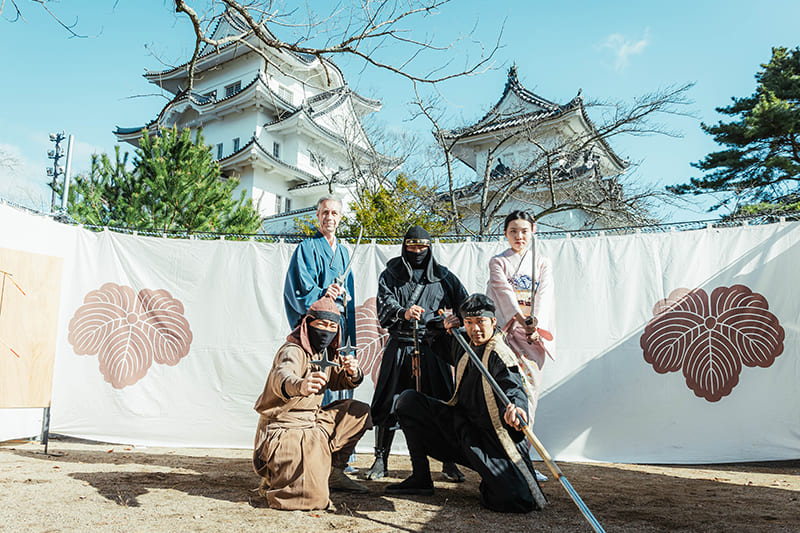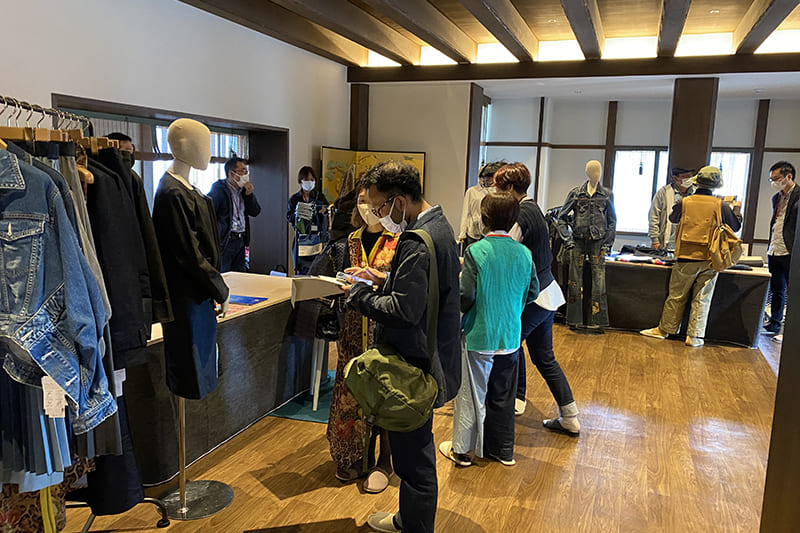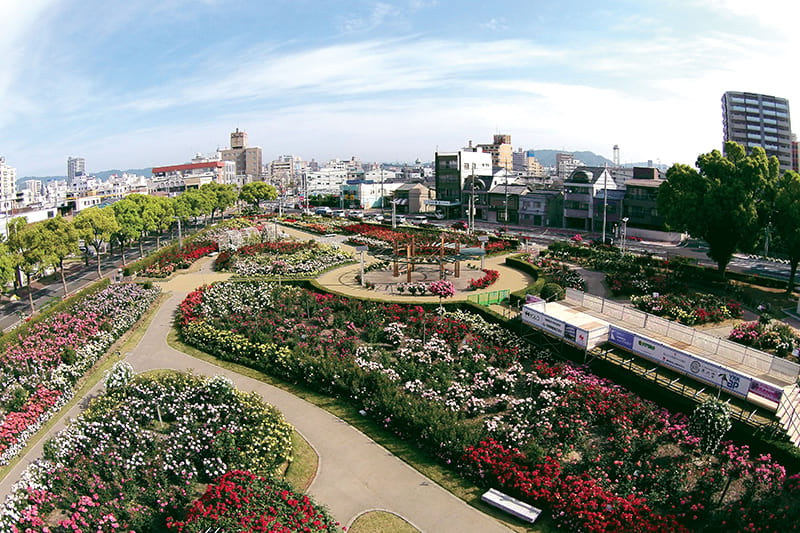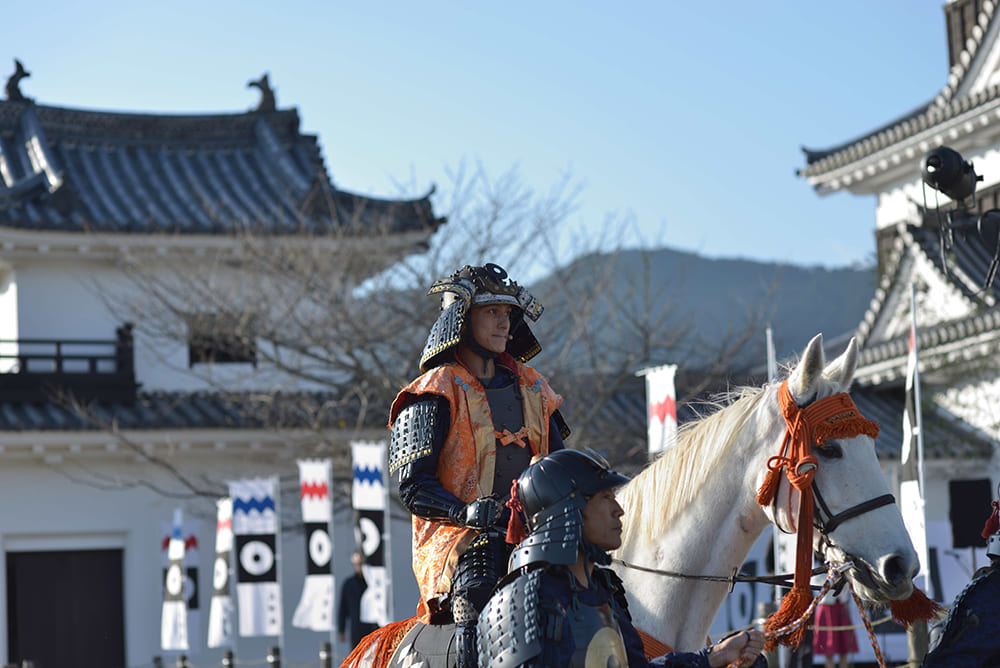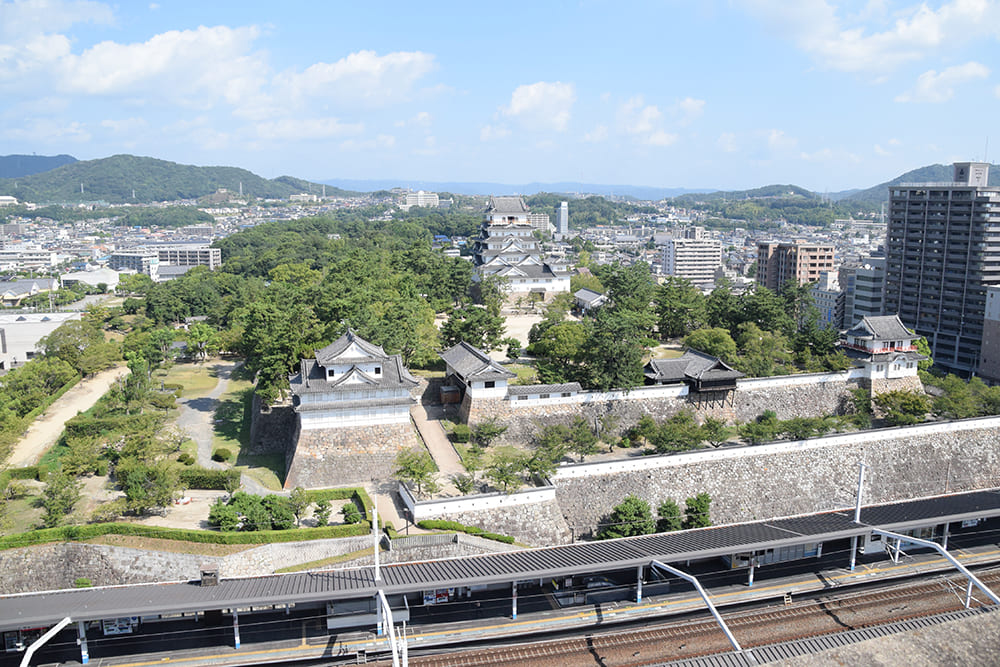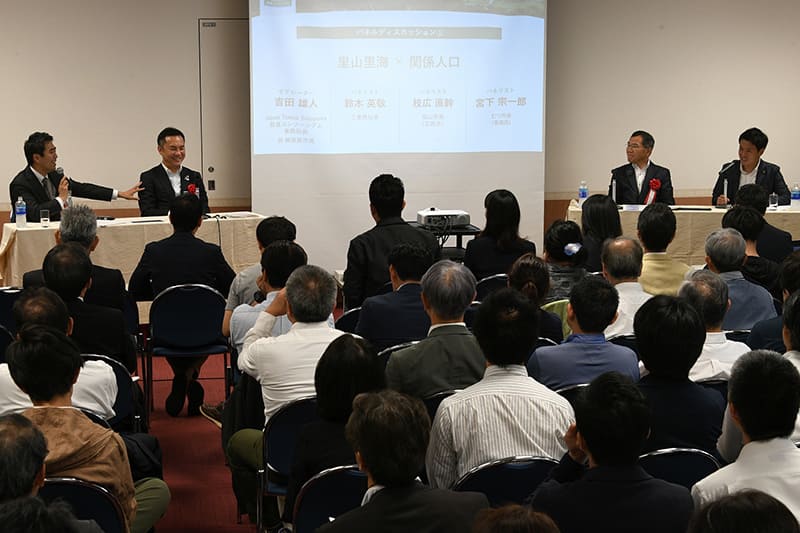August 24, 2021
A tale of two cities’ castles, and how they survived the centuries
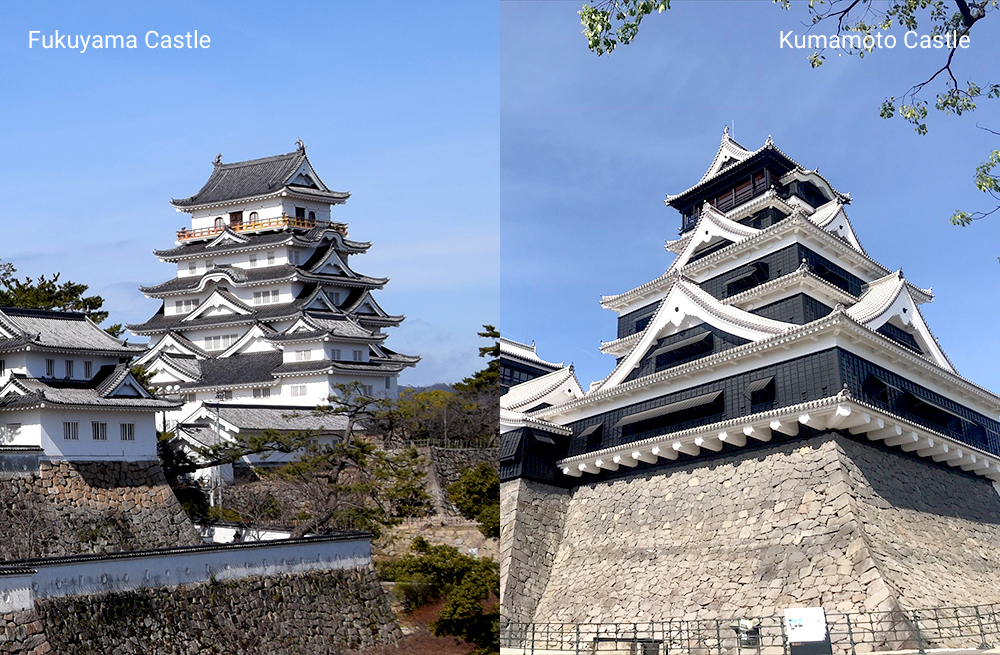
right: The restoration of Kumamoto Castle shows resilience and brings hope after the devastating Kumamoto Earthquake of 2016. | Kumamoto Castle Office
Every municipality has a characteristic or landmark that its residents think of as their symbol. On July 29, the 18th Satoyama Cafe, an online talk session organized by the Japan Times Satoyama Consortium, hosted the mayors of Fukuyama in Hiroshima Prefecture and Kumamoto in Kumamoto Prefecture, two historic cities that have boasted famous castles for about four centuries.
Fukuyama Castle and Kumamoto Castle are beautiful partly because they did not manage to stay intact over the centuries. They have experienced hardships together with the locals and are living the ongoing history of revitalization. That is why the castles attract not only local citizens but also visitors and supporters from across the country.
Fukuyama has a population of close to 470,000 and is home to the largest steel mill in Japan. “Textiles are also one of our major industries, and Fukuyama is the top producer of denim material,” said Fukuyama Mayor Naoki Edahiro. The port of Tomonoura in the southeastern corner of the city is known for its picturesque townscapes and sea vistas and was designated as a Japan Heritage site in 2018.
Kumamoto is blessed with nature. All the water its people use is spring water from Mount Aso, said Mayor Kazufumi Onishi. Its warm climate is excellent for agriculture, as shown by its production of eggplants and watermelons. The Sea of Ariake offers an ideal environment for growing quality seaweed.
What these cities have in common is castles that play a central role in building a sense of unity among the citizenry and creating connections with people from outside.
Fukuyama Castle, established in 1622, stands right next to Fukuyama’s shinkansen station. “It is so close to the station that you can touch the stone outer walls of the castle in 15 seconds after you get off the train,” Edahiro said. It is the last castle built in the Edo Period, making it especially valuable because it showcases the accumulation of technologies of the era.
Kumamoto Castle, built in 1607, is recognized as one of the three great castles in Japan, along with Osaka Castle and Nagoya Castle. Its grounds span 98 hectares — equivalent to about 21 Tokyo Domes — and more than half of the area is designated as a national special historic site.
Both castles have a history of devastation and restoration. A massive air raid in 1945 burned about 80% of the city of Fukuyama, including the castle. Edahiro explained that Fukuyama was targeted because it hosted a major army unit. The restoration of the castle was a symbol for the citizens of Fukuyama, who had lost everything in the war, in rebuilding the city and their lives.
However, some parts of the restored tenshu (main castle tower) did not look quite the same as the original. “Unlike the rebuilt one, the northern wall of the original tenshu was iron-plated for protection against attacks from the north side, which was more vulnerable than the south side,” said Edahiro, explaining that the current renewal project, which started in 2017 and will be completed next year, the 400th anniversary of the castle, includes the restoration of the iron plating. The project is supported by history buffs from across the country as well as the citizens of Fukuyama. “As much as 60% of the funds raised via crowdfunding came from outside the city,” Edahiro said.
Kumamoto Castle over the years has also lost a number of other buildings in calamities, and they too have been restored with the support of both Kumamoto’s citizens and people from elsewhere. The greatest devastation was caused by the Kumamoto Earthquake in 2016. “The total damage amounted to ¥63.4 billion ($580 million), and full restoration will take about 20 years. Five years have passed since the earthquake, and we have only managed to rebuild the castle keep,” Onishi said. But the city and its citizens are not giving up. Almost ¥5 billion — including donations totaling more than ¥1 billion from inside and outside the city — has been amassed for the restoration. Many teary-eyed citizens had applauded when they saw the castle — damaged but still standing — lit up shortly after the quake. That event was a decision made by Onishi, who was heartbroken by the sight of the ruined castle but believed people needed something to give them emotional support and motivation toward recovery.
Both cities are continuing to restore their castles and develop the surrounding areas to welcome visitors after the pandemic subsides. “I hope that people will witness and appreciate the process of the revitalization of the castle too,” Onishi said.

